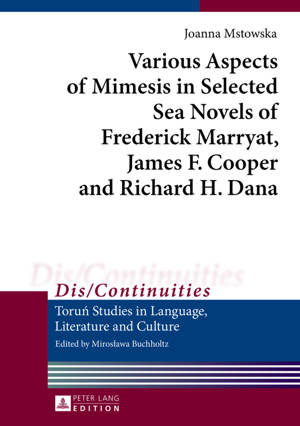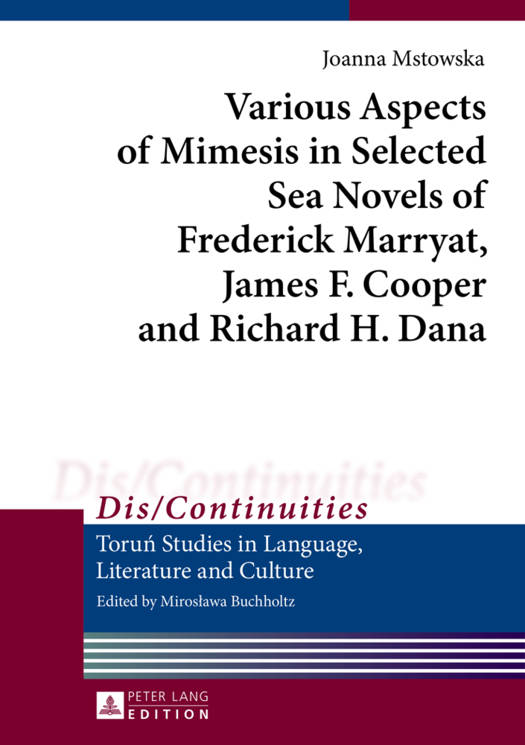
- Afhalen na 1 uur in een winkel met voorraad
- Gratis thuislevering in België vanaf € 30
- Ruim aanbod met 7 miljoen producten
- Afhalen na 1 uur in een winkel met voorraad
- Gratis thuislevering in België vanaf € 30
- Ruim aanbod met 7 miljoen producten
Zoeken
Various Aspects of Mimesis in Selected Sea Novels of Frederick Marryat, James F. Cooper and Richard H. Dana
Joanna Mstowska
€ 42,95
+ 85 punten
Omschrijving
Frederick Marryat's The Phantom Ship (1839), James F. Cooper's The Red Rover (1828) and Richard H. Dana's Two Years Before the Mast (1840) may be regarded as simulacra of reality imitating the then extremely popular literary conventions of the Gothic sea novel, the nautical romance and the sea diary, respectively. However, informed by René Girard's model of mimetic desire, Luigi Pirandello's theory of mimetic form and Meyer H. Abrams' metaphor of «mimetic mirror», the analysis proves that the explored texts combine mimesis with creatio, that is the reproduction of maritime experience with the representation of general truths concerning human existence. Thus, the study demonstrates that the reading of the selected nineteenth-century sea novels through the lens of twentieth-century theories, regarded as variations on the concept of mimesis, may lead to re-evaluation of the long forgotten texts, which proved inspiring to some of the most prominent nautical writers, among others Joseph Conrad and Herman Melville.
Specificaties
Betrokkenen
- Auteur(s):
- Uitgeverij:
Inhoud
- Aantal bladzijden:
- 143
- Taal:
- Engels
- Reeks:
- Reeksnummer:
- nr. 3
Eigenschappen
- Productcode (EAN):
- 9783631625149
- Verschijningsdatum:
- 31/01/2013
- Uitvoering:
- Hardcover
- Formaat:
- Genaaid
- Afmetingen:
- 148 mm x 210 mm
- Gewicht:
- 289 g

Alleen bij Standaard Boekhandel
+ 85 punten op je klantenkaart van Standaard Boekhandel
Beoordelingen
We publiceren alleen reviews die voldoen aan de voorwaarden voor reviews. Bekijk onze voorwaarden voor reviews.











